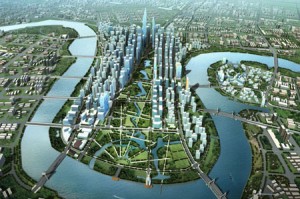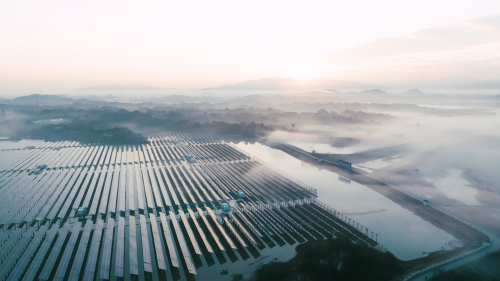 The Samui Green Island Project aims to reduce CO2 emissions as well as reduce and reuse solid waste and treated waste water for non-sanitary purposes. The project has developed a comprehensive strategy to meet these goals that includes reducing CO2 emissions in the transportation and building (both residential and commercial) sectors through public awareness campaigns, planning and engineering techniques, and advances in technology.
The Samui Green Island Project aims to reduce CO2 emissions as well as reduce and reuse solid waste and treated waste water for non-sanitary purposes. The project has developed a comprehensive strategy to meet these goals that includes reducing CO2 emissions in the transportation and building (both residential and commercial) sectors through public awareness campaigns, planning and engineering techniques, and advances in technology.
It was estimated during a previous feasibility study (2006) that energy supply/demand side management alone could avoid the release of more than 80,000 CO2 per year. However, that target must be re-evaluated in light of current trends, such as increased private transportation, and the construction of additional tourist facilities.
New estimates for potential CO2 reduction have been estimated at 20 – 30 % in the year 2030 (over 2010) for a savings of between 120,000 – 180,000 tones CO2 per year. Potential projects for CO2 reduction are:
- reduction in energy use in homes and commercial buildings;
- reduction from fuel switching either to bio-diesel or CNG in ferry transportation;
- reduction from the implementation of public transport, including EV buses;
- reduction from the implementation of district cooling;
- reduction from the implementation of renewable energy, along with recovery of waste heat;
- reduction from the introduction of LED street light;
- reduction from the reduced amount in landfill and methane (CH4) fermentation
In addition to reducing CO2 emissions, the plan for the Samui Green Island Project to be a “Clean and Green Development” calls for sorting solid waste to avoid sending it to the landfill, reusing treated wasted water for non-sanitary purposes, and promoting the development of open, green spaces in an effort to attract tourist activity. Furthermore, the introduction of sidewalks and bicycle lanes along the beach will increase the island's attractiveness to tourists, while improving quality of life for the island's residents.
Managing Organization:
Department of Alternative Energy Development and Efficiency, Ministry of Energy
LCMT Project Status:
ESCI Accepted
Type of Town:
Urban (Mainly consists of commercial area)
Power Plant Capacity (GW):
Generated on mainland and transported by submarine wire. Demand of 451 GWh (2010)
Climate Conditions:
Tropical weather, average temp: 29 degrees C
Expected demographic changes:
3.2% population growth rate
Expected Industrial/Economic Changes:
3.8-6% annual GDP growth rate
Current stage of development of the town:
Already Existing
Start date of the project:
2010
Urban Functions:
Compact city design, Well developed public transportation, Plan for highly efficient infrastructure
Transport Sector:
Intra-city community bicycle, Electric vehicle, Electric busses
Commercial Sector:
Low or Zero emission Building
Renewable Energy:
PV power generation, Micro-hydroelectric power generation
Untapped Energy:
Use of waste heat such as waste incineration plants
Demand and Supply Side Measures:
Advanced metering systems, Smart grid system, Area Energy Management System (AEMS)
Estimated energy consumption after completion of the project (GJ/year or TOE/year):
Carbon emission reduction by 35.9% in Y2020 and 49.6% in Y2030 compare to Y2010.
